Persimmons are beautiful and adaptable fruit trees and the fruit can be eaten fresh, dried or pickled. They grow best in warm southern regions, in the Pacific northwest and into central and southern California. They are standard size trees so make sure you have lots of room for this one to grow. The oriental persimmon is native to China and Japan and is a relatively pest-free tree to grow. It has glossy dark green leaves that turn red, orange and yellow for a fiery fall display. Even after all the leaves drop the deep red orange fruit hangs on the bare branches for a dramatic fall picture.
Types of Persimmon Fruits
Non-Astringent - like the Fuyu variety. The Fuyus' fruit can be eaten right off the tree like an apple. The Fuyu is a popular cultivar grown worldwide. This cultivar is a heavy producer, so it is important to thin the fruit.
Astringent - like the Hachiya. The Hachiya needs to be fully ripe and very soft before you eat them. If you eat them before they are ripe, it might taste like eating alum powder (from the high levels of tannic acid). Pick them when they're fully colored but still firm. They can be left on the tree to ripen but more often than not birds or racoons will eat them before you do. To ripen them, put them in boxes and leave them in the garage or you can ripen them on the kitchen counter. When they're ripe they will feel like holding a bag of jello and they'll be translucent instead of opaque. If you see a little sun scald on the fruit, don’t worry. It actually helps the fruit taste sweeter. Once they're fully ripe you can freeze them whole and then take them out and enjoy them whenever you want.

Are Persimmons Right for You?
Persimmons will need plenty of room, full sun and good drainage. They're hardy down to zone seven and have a low chill requirement. They bloom late enough to avoid most late spring frosts. They grow best in warm southern regions, in the Pacific northwest and into central and southern California.
Planting & Growing Persimmons
Soil type - these trees prefer loamy soils but they will tolerate heavier clay soils better than most fruit trees, especially if the tree that you are planting is grafted onto a "D Lotus" rootstock. Just make sure there is adequate drainage, they will not tolerate soggy soils.
Water Requirements - don't over-water your newly planted persimmon tree. The biggest cause of death for persimmon trees is too much water. Once established, persimmon trees are fairly drought tolerant but they'll bear more fruit with regular watering.
Pruning Your Persimmon
You want to train your persimmon to a modified central leader system and you can watch our video on
Summer Pruning of Cherries and Apricots but you will prune the persimmon in the
winter.

Persimmons are heavy producers a mature full-size tree can produce three hundred pounds of fruit, so it's important to prune and thin. Persimmons bear fruit on long shoots. Thin out some of these long fruiting shoots to limit the amount of fruit the tree is able to set. Prune out weak and twiggy growth and water sprouts. Don’t head back your scaffolding branches, it will produce too many shoots. Find a lateral at least a third the size of the branch you're taking out, then use a thinning cut to take the branch back to that lateral. This will keep the tree smaller and more compact without creating a lot of messy water sprouts. Flower or fruit thinning may be necessary later in the season too, especially for the Hachiya cultivar. Thin fruit in early summer, leaving about 1-4 fruit per shoot. Persimmons are known to biennial bearing (fruiting every other year) and thinning may help avoid this pattern.
Grow a persimmon tree for the summer and fall beauty and also the super sweet fruit, and Grow Organic for Life!

 Persimmons are heavy producers a mature full-size tree can produce three hundred pounds of fruit, so it's important to prune and thin. Persimmons bear fruit on long shoots. Thin out some of these long fruiting shoots to limit the amount of fruit the tree is able to set. Prune out weak and twiggy growth and water sprouts. Don’t head back your scaffolding branches, it will produce too many shoots. Find a lateral at least a third the size of the branch you're taking out, then use a thinning cut to take the branch back to that lateral. This will keep the tree smaller and more compact without creating a lot of messy water sprouts. Flower or fruit thinning may be necessary later in the season too, especially for the Hachiya cultivar. Thin fruit in early summer, leaving about 1-4 fruit per shoot. Persimmons are known to biennial bearing (fruiting every other year) and thinning may help avoid this pattern. Grow a persimmon tree for the summer and fall beauty and also the super sweet fruit, and Grow Organic for Life!
Persimmons are heavy producers a mature full-size tree can produce three hundred pounds of fruit, so it's important to prune and thin. Persimmons bear fruit on long shoots. Thin out some of these long fruiting shoots to limit the amount of fruit the tree is able to set. Prune out weak and twiggy growth and water sprouts. Don’t head back your scaffolding branches, it will produce too many shoots. Find a lateral at least a third the size of the branch you're taking out, then use a thinning cut to take the branch back to that lateral. This will keep the tree smaller and more compact without creating a lot of messy water sprouts. Flower or fruit thinning may be necessary later in the season too, especially for the Hachiya cultivar. Thin fruit in early summer, leaving about 1-4 fruit per shoot. Persimmons are known to biennial bearing (fruiting every other year) and thinning may help avoid this pattern. Grow a persimmon tree for the summer and fall beauty and also the super sweet fruit, and Grow Organic for Life!

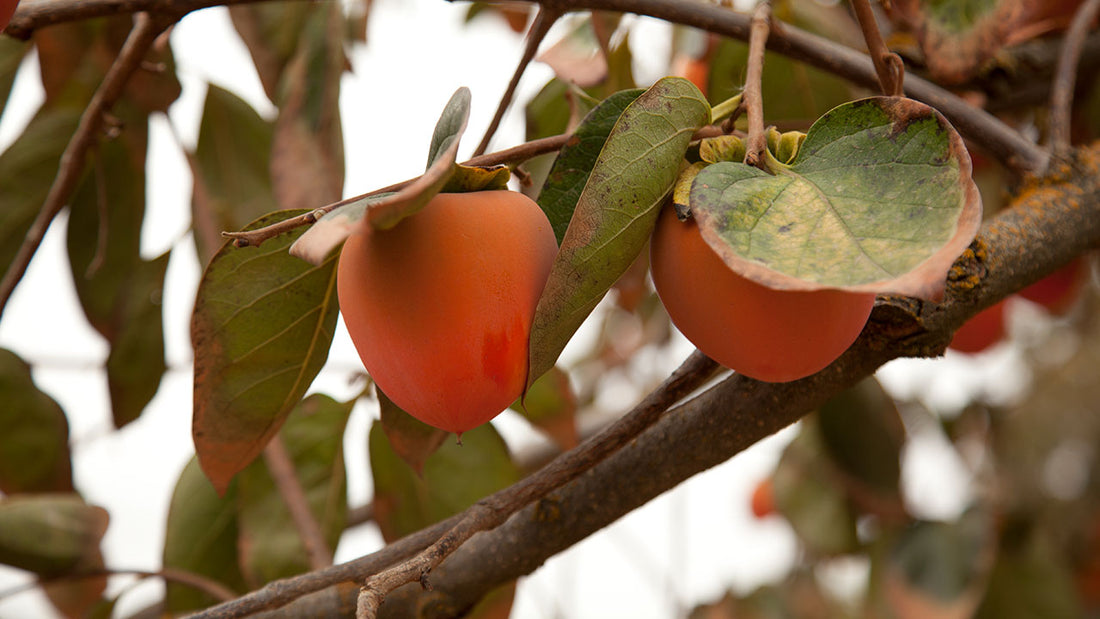
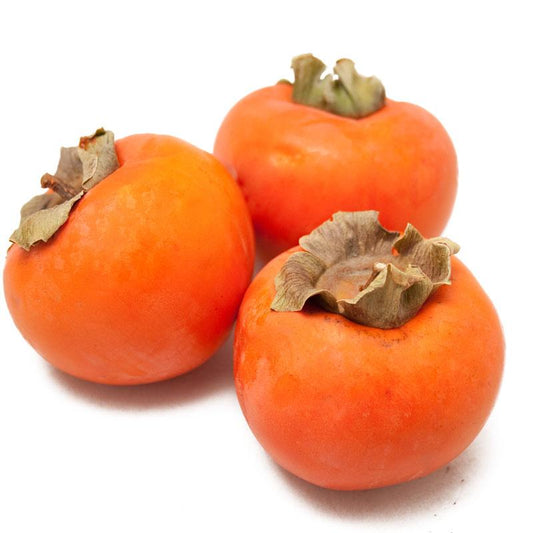
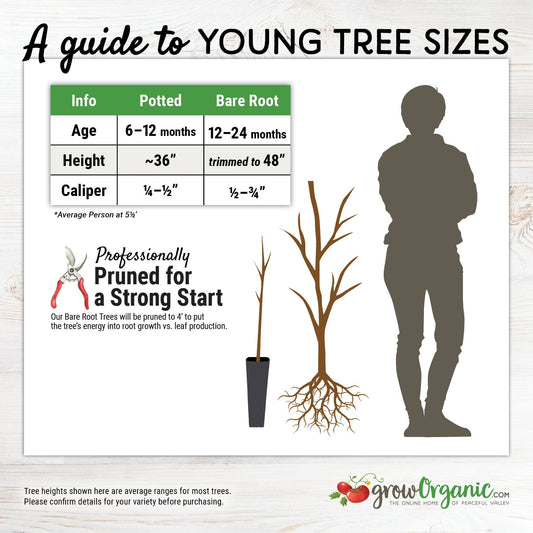
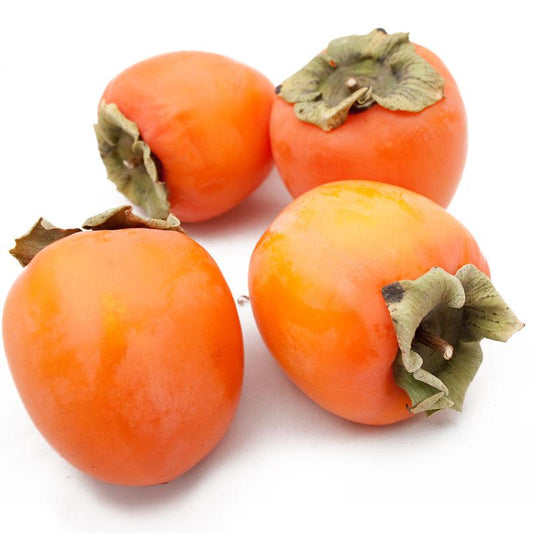
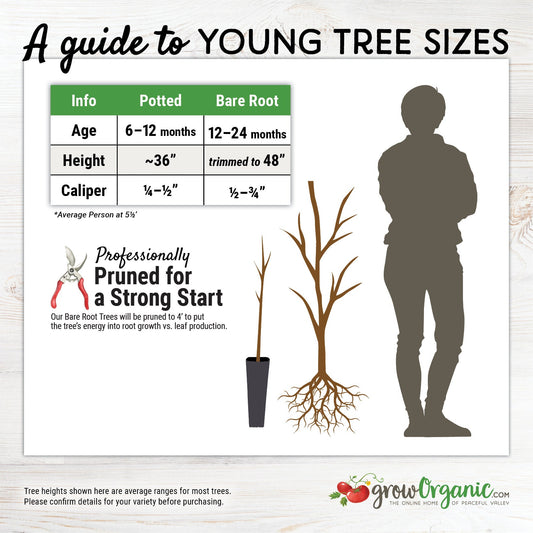
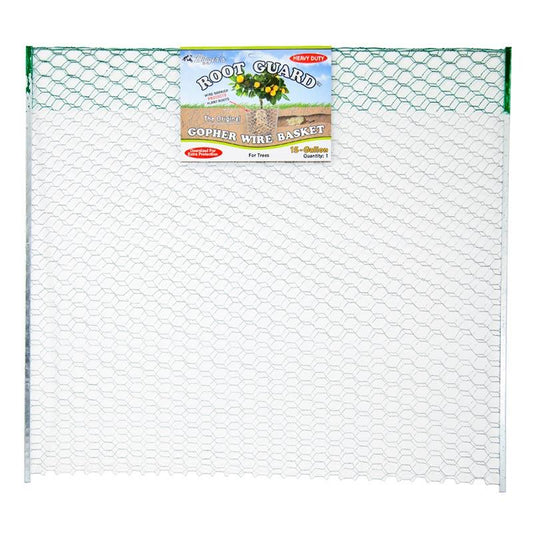
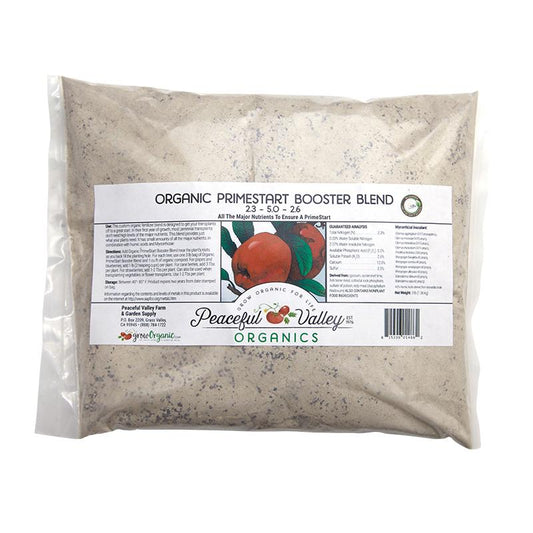
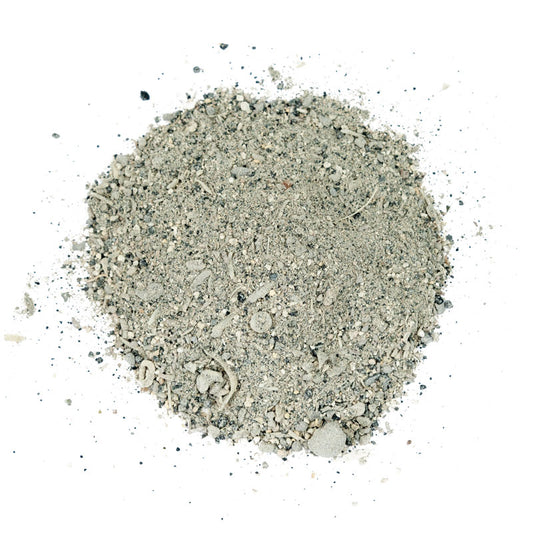
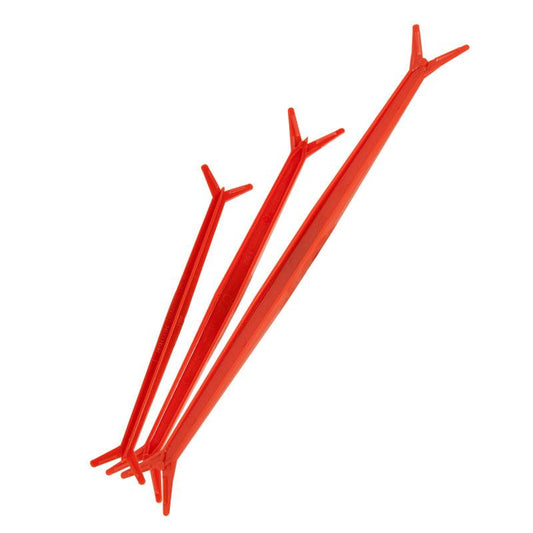
17 comments
I have a young (4ft) ichi ki kei jiro persimmon tree in Zone 7. It was delivered a little early, so I kept it in my basement for 6 weeks until the weather warmed enough for planting. It was very happy down there and sprouted lots of new branches/leaves. I planted the tree outside 2 weeks ago and have noticed that some leaves are curling inward with dry crispy edges. Could this be from overwatering or maybe insect damage? I don’t think it’s from under watering/sun exposure because it’s been temperate and the tree is in a partially-shaded spot. We’ve had some heavy spring rains and I’ve been watering it every 2-3 days if the weather has been dry. Thank you!
Andrea, I think you should be able to cut out the area that the slug ate and you have the rest.
Can I eat persimmons that have had slugs eating on them.? Some have a perfectly round hole where the slug has been. Note, my trees are all volunteers. Had one in the yard when I bought the house,three more have sprung up. So I don’t know much about growing them, I just collect what fall off. Thanks
Jenn, there may be several reasons why your young fruit is dropping. First you may be overwatering. Persimmons like infrequent deep watering. On average persimmons only need about 36" a year to survive. They are quite drought tolerant, especially older trees. Another thing may be too much nitrogen and not enough phosphorus. You can add a slow release phosphorus like soft rock phosphate, or a fertilizer that has more phosphorus than nitrogen. I really like our Foothill Fertilizer Mix (without nitrogen) to add to your trees in the summer. It won’t help this year, but will for next year. Do you thin your fruit? Trees will naturally drop fruit in June/July if the fruit set is too heavy for the tree to support. Is your tree in full sun? Persimmons need to grow in full sun. So many factors could go into why your tree is not holding onto the fruit. But I think I have highlighted a few things to ponder.
I have a fuyu about 5 years old. Last year all the fruits dropped around this time of the year when they are tiny. This year, they are a bit bigger around 4cm but starting to drop. Leaves look fine. In Northern California. Last fertilized in May. Watering once a week